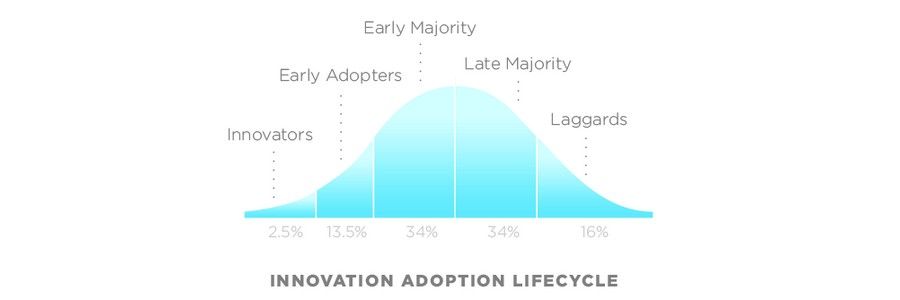Customer Adoption Journey
The customer adoption journey can be explained in 5 easy steps:
1. Reach
This is the starting point of the customer journey. From a marketing standpoint, it’s important to track touchpoints that can help steer advertising campaigns or help businesses find out the most effective ways to drive brand awareness.
2. Acquisition
Initiating contact and turning potential customers into leads is what best defines the acquisition process. Interaction and engagement are key elements in defining potential customers.
But in the digital age, businesses are now going a step further and using specific consumer-targeted campaigns that are backed by oceans of data.
3. Conversion
When a customer releases a payment and begins using a product or service, they can be categorized into the conversion phase. The most important sales conversion metric is the conversion rate, which provides accurate percentages of leads who eventually turned into customers.
Conversion Rate = #of total sales / #of total leads X 100
4. Retention
The retention phase is a collective term for a number of smaller phases including, onboarding, support, adoption, engagement, and expansion. The idea here is to retain customer satisfaction by responding to challenges before they arise.
Engaging with customers regularly will ensure that you build a clear picture of consumer needs whilst simultaneously finding new and unique solutions.
5. Loyalty
Keeping track of customer reviews and ratings is essential in maintaining a healthy customer journey. However, loyalty also needs to be tracked through retention measures such as churn rate and renewal.
Referral programs and tracking can also be used to gauge a clearer picture of customer loyalty.
